The different types of NFTs: A beginner’s guide
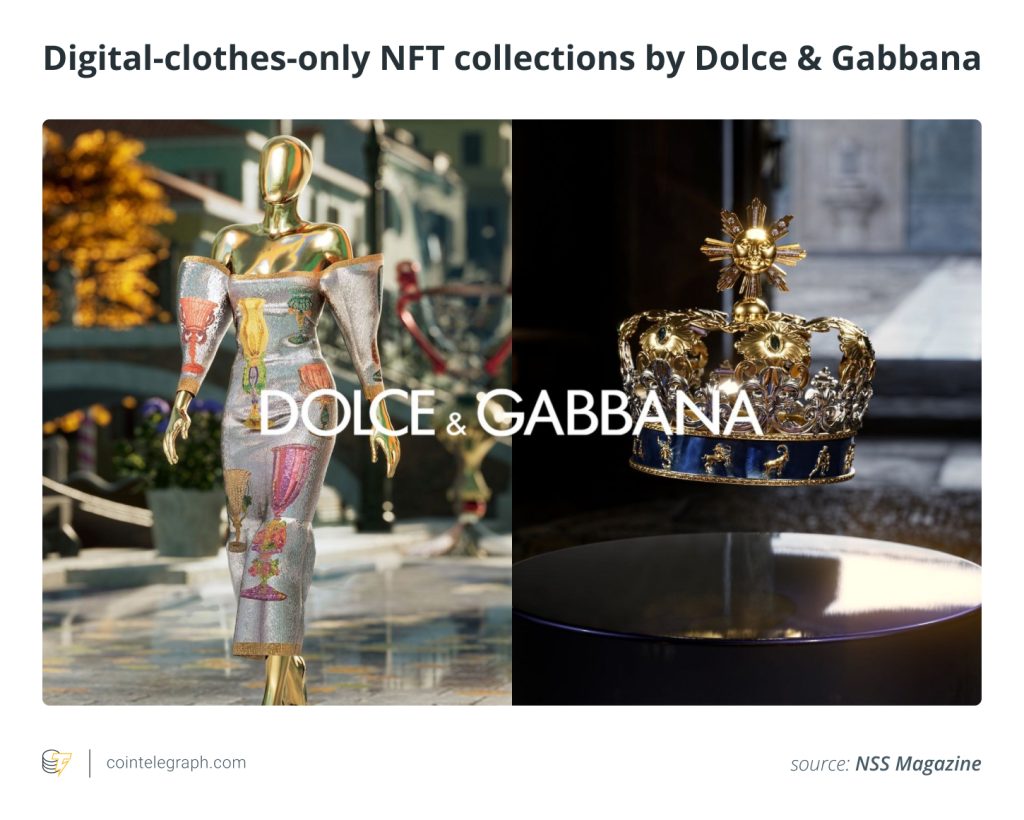

Since they first appeared in 2014, nonfungible tokens (NFTs) have grown far beyond expectations, valued at $16 billion in 2021 and predicted to reach over $210 billion by 2030.
They are different assets from cryptocurrencies, such as Bitcoin (BTC) or Ether (ETH), which are fungible, therefore, divisible and non-unique. On the other hand, each nonfungible token has a distinct value and can’t be exchanged on a like-for-like basis with another token.
Other than proving ownership of physical or digital assets, such as art, music, gaming and collectibles, NFTs are becoming valuable tools across different industries, from fashion to play-to-earn (P2E) gaming, with real-world utility like in the case of profile picture NFTs (PFP), which took inspiration from Larva Labs’ successful NFT project CryptoPunks.

What are NFTs?
NFTs are a new digital asset trend and represent a unique and non-interchangeable unit of data stored on the blockchain, where the owner can obtain an immutable proof of authenticity and ownership certificate.
Because of the convenience of buying and owning a nonfungible token without a third-party intermediary, they have gained significant attention in various fields wherever it’s necessary to prove ownership of an asset, for example, the arts, music, gaming, NFT event tickets and collectibles of any kind.
They enable creators to tokenize their digital artworks, allowing their owners to track provenance and secure ownership. These unique items are available for sale or purchase on various NFT marketplaces. Each NFT is distinguishable through a unique identification code, making it easy to transfer tokens between owners and verify ownership.
NFTs have been under the radar of environmental organizations for the impactful energy consumption of some blockchains. Popular platform Ethereum has generated the most NFTs compared to other existing blockchains, and in September 2022, it switched to a proof-of-stake mechanism to tackle the energy-consumption issue.
How do NFTs work?
NFTs exist on the distributed public ledger that records transactions—i.e., the blockchain. They live through smart contracts, self-executing agreements with the terms written into code.
Through smart contracts, NFTs can be programmed, and various actions can be automated, such as providing royalty commissions to creators each time the NFT is resold.
On a practical level, an NFT can be created or “minted” from digital objects that can be tangible and intangible, such as artworks, GIFs, videos, sports highlights, collectibles or virtual avatars. Think of a physical item, just in a digital format; therefore, the new owner buys a digital file instead of a physical painting.
Even tweets can be turned into NFTs as collectibles. For instance, former Twitter CEO Jack Dorsey sold his first-ever tweet as an NFT for nearly $3 million in 2021.
What are NFTs used for?
NFTs have become an excellent tool for artists and content creators because of the opportunity they offer to monetize their works and the greater freedom to promote and sell their works without art galleries, third-party agents or intermediaries of any kind. This way, the artist gets to keep more profits because they can sell directly to consumers.
NFTs’ primary usage so far has been in the arts, but they can be used to raise funds for charity, as toilet paper manufacturer Charmin and fast food restaurant Taco Bell have done. They can be used to immortalize unique memories in images, videos and event tickets as securitized NFTs.
Types of NFTs
In theory, everything can be turned into an NFT and acquire more value due to their scarcity, specialty and particular attributes. A physical painting can be photographed and turned into an NFT digital item; an event ticket can be converted into a PDF and collected as NFT memorabilia. Below are some types of NFTs that can have utility or be used as collectibles.
Art and collectible NFTs
These are the most popular kinds of NFTs and represent various types of digital art and collectibles, such as illustrations and animations, and are like physical collectibles in the digital format.
Bored Ape Yacht Club and CryptoPunks are the most well-known digital collectibles and have generated high returns to be considered among the most valuable digital collectibles in existence. The highest-priced Bored Ape is #8817, which sold for $3.4 million.

Generative art NFTs
Generative art often uses autonomous systems, entirely or partially, artificial intelligence (AI) or algorithms to randomly generate music, literature and any kind of visual content.
Generative NFTs typically represent collections such as CryptoPunks and BAYC.
Gaming NFTs
Also known as gamified NFTs, these assets are a unique method of earning money while playing and trading in a game. Game finance (GameFi) is a new financial tool that combines blockchain technology and NFTs with gaming resources to earn additional income in the P2E experience.
These types of NFTs are used in video games, the metaverse and virtual worlds, and they represent in-game assets, such as land, characters and their unique features like skin type or an accessory. While such features are not new in gaming and were not introduced by NFTs, they can enhance and make the game experience more exciting by purchasing one of the game’s NFTs to start trading and earning cryptocurrency.
Profile picture NFTs
Millions of users have turned social media PFPs into NFTs, replacing their real-world picture with a digital avatar that often is or resembles one of the CryptoPunks or a Bored Ape.
Fashion NFTs
Branded NFTs took off in 2022 despite the incumbent crypto bear market. Since then, more brands and fashion Web3 startups have launched and focused more on long-term value than short-term profits, thereby disregarding the crypto crisis.
Some major brands like Dolce & Gabbana have designed digital-clothes-only NFT collections that could be used and worn by a personal avatar in metaverse platforms.

Fashion NFTs offer a unique designer experience that consumers can engage with in new ways — e.g., being involved in the activity of the brand community and earning perks during events.
Event tickets NFTs
People who like collecting tickets to events could get their pass minted on blockchain platforms as an NFT and then auctioned off by the organizers. Such tickets become memorabilia because they can also be stored and resold as collectibles. The NFT tickets can also be sold at a fixed price to mitigate the risk of counterfeits.
Domain NFTs
NFTs are an easy way to get a digital identity, and they enable users to own a registered digital name in games, social media or as addresses for websites hosted on a blockchain. This happens by converting blockchain addresses of long strings of letters and numbers into short, easy and memorable addresses and means of identification.
Virtual real estate NFTs
With the explosion of the metaverse in 2021, virtual real estate NFTs have gone wild among the decentralized digital communities, thanks to platforms like Decentraland. They represent virtual land or real estate ownership in video games and the metaverse.
They will provide vast opportunities to different industries with companies that can set up their business in virtual lands, including fashion stores, residential and commercial lands, institutions and so forth, to recreate a proper virtual city for gaming and development purposes.
Music NFTs
NFTs have opened numerous opportunities for musicians and artists who can tokenize their work on music and concert tickets. The difference with a music download or stream from Spotify, for example, is that buying an NFT implies the user owns that piece of music instead of paying a license to only listen to a song or an album.
Owning a music NFT favors both the artist and the consumer. The artist will add a new stream of income, while the consumer could see their NFT investment rise if the artist climbs to success.
Content and Publishing NFTs
Written content can be tokenized so that authors, journalists and other content creators can monetize their articles, books and blogs in the form of NFTs, enabling new ways of distribution and rewards.
The innovative tokenized world of NFTs
Asset tokenization could revolutionize how we perceive and interact with financial value, while the finance industry could benefit from innovative asset issuance, management and trading solutions. Tokenizing real-world tangible assets with NFTs should make buying, selling and trading them more efficient and potentially reduce the likelihood of fraud through a transparent and secure process of tracking asset ownership and provenance.
The unique and indivisible nature of NFTs makes them particularly suitable for use cases in many other fields, so we could get tokenized intellectual property, real-world assets, tokenized deeds and certificates, memes and internet content, tokenized virtual fashion and tokenized sports highlights, to name a few.
Despite some challenges, such as a lack of clear regulation and interoperability between networks and other systems, NFTs could play a leading role in the future of finance, and their innovative solutions could reshape industries to create new ecosystems and monetary opportunities.
Written by Emi Lacapra

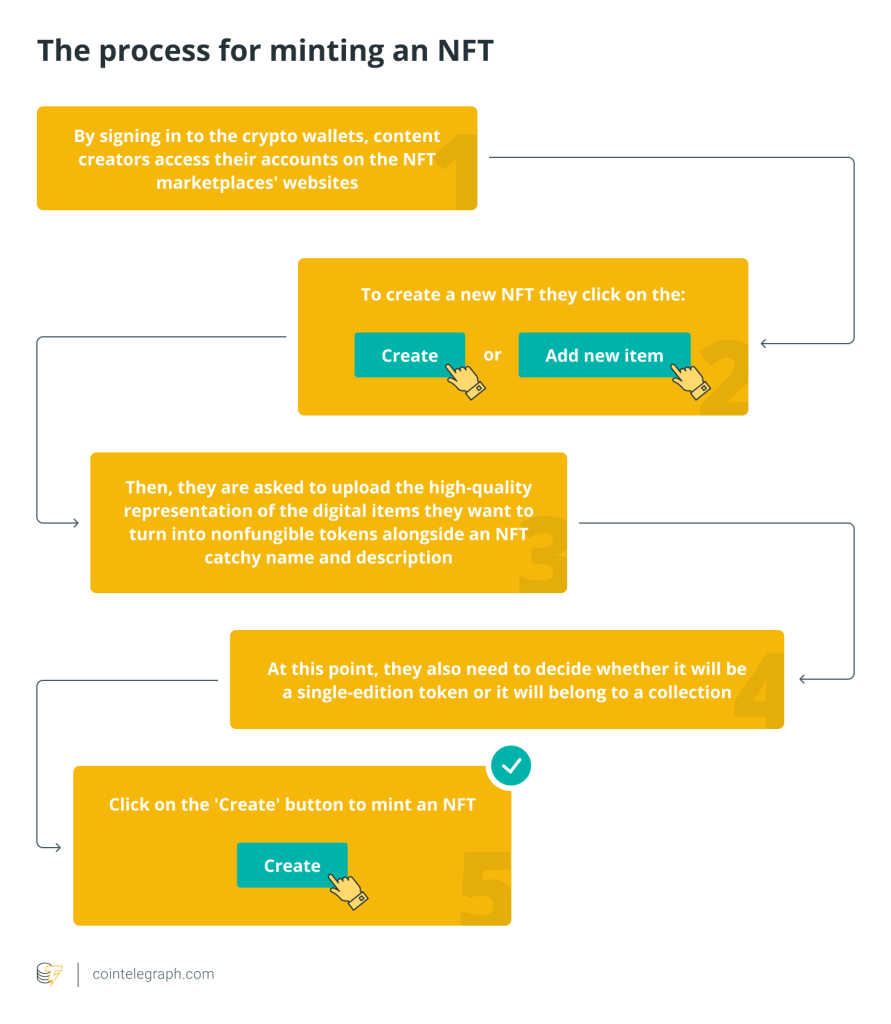
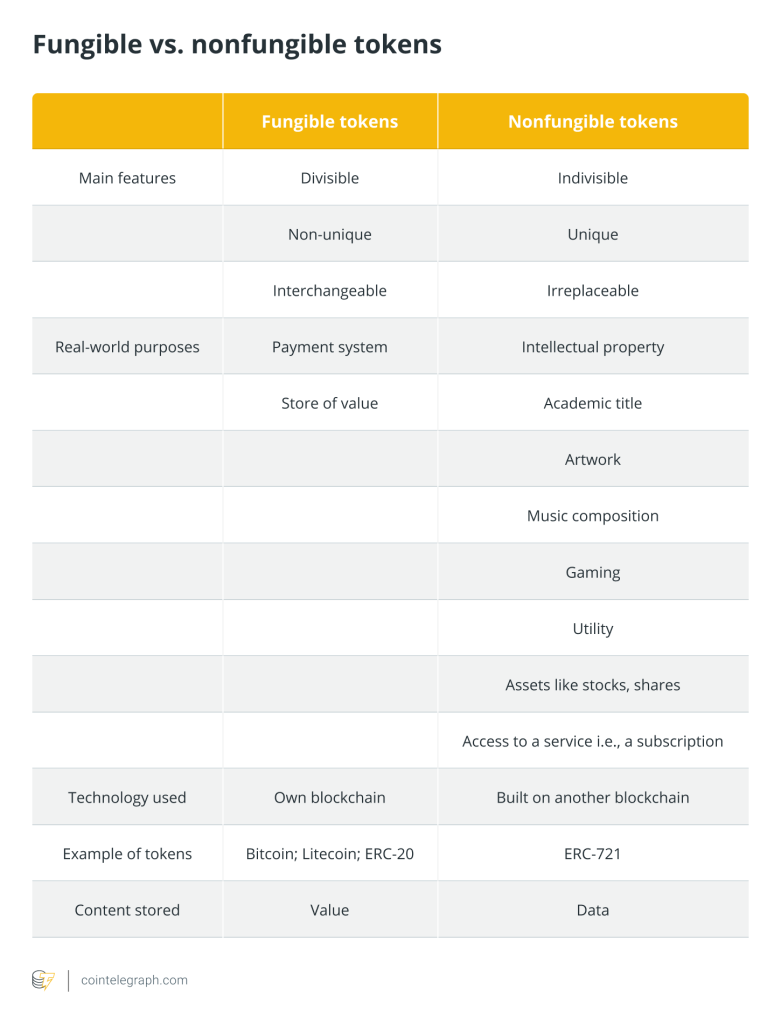
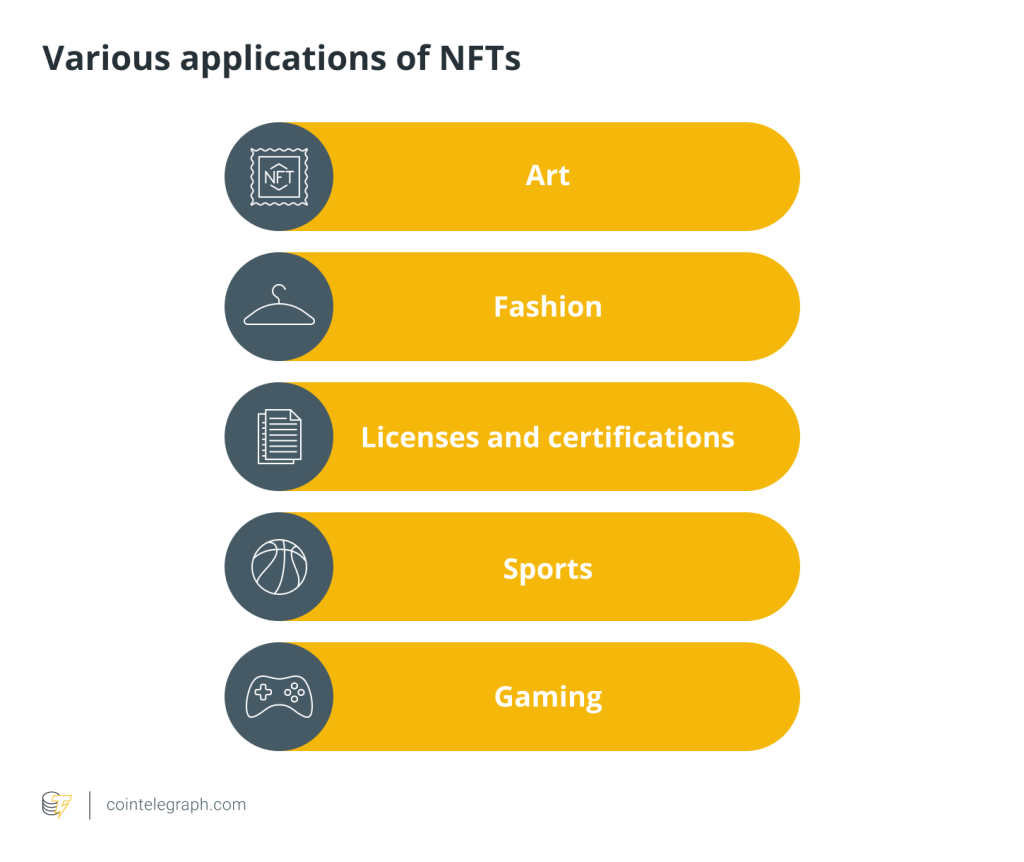
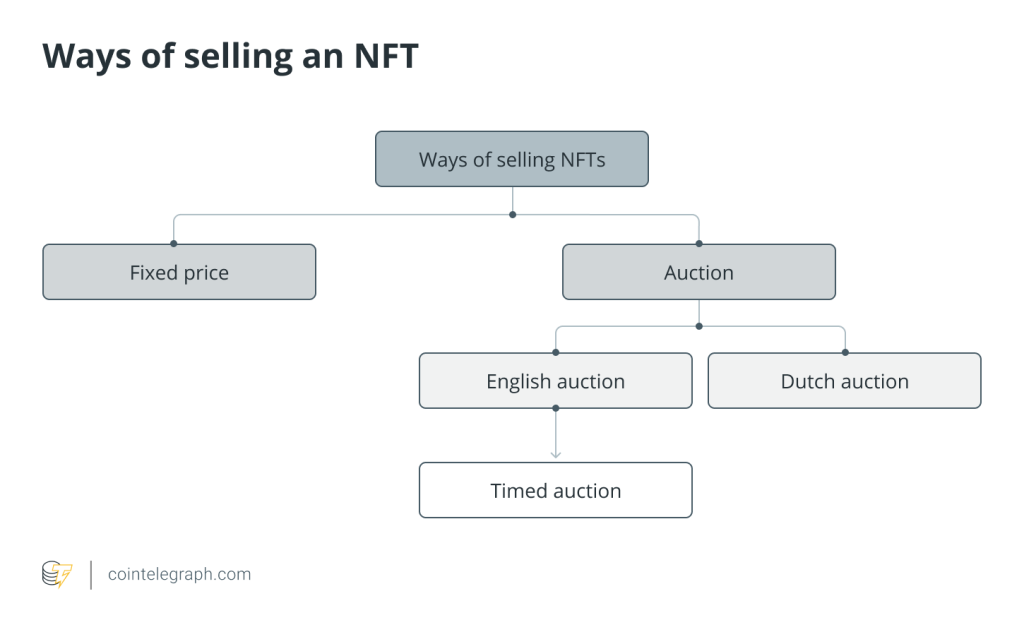
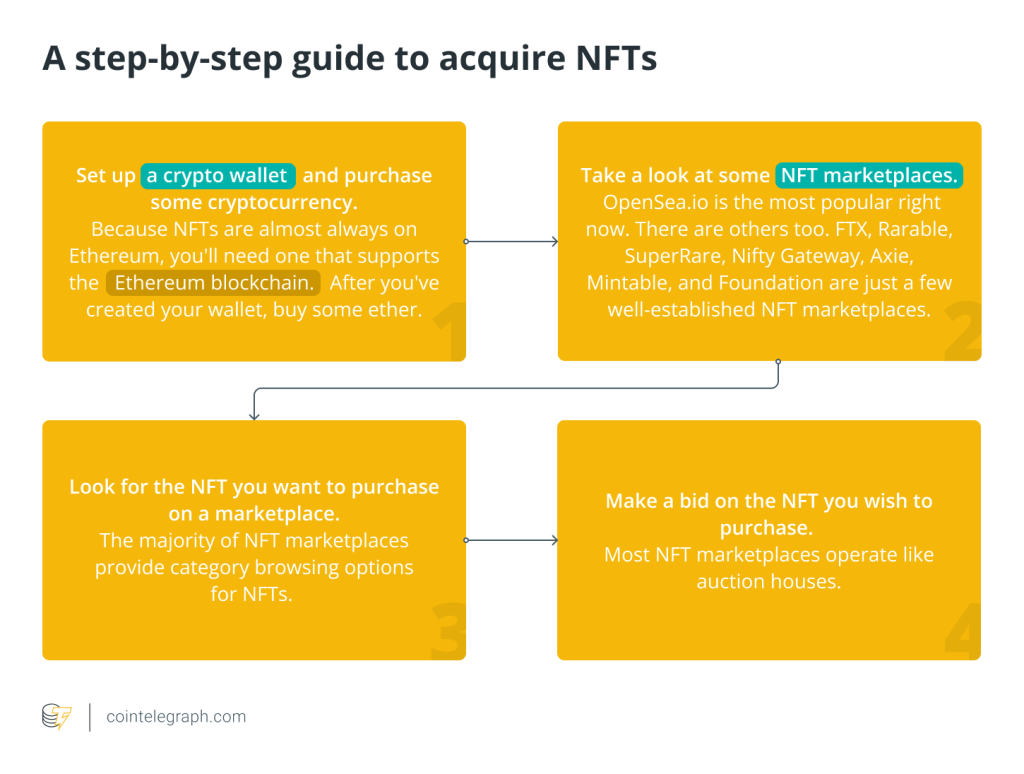
… [Trackback]
[…] Information to that Topic: x.superex.com/academys/beginner/3106/ […]
… [Trackback]
[…] Here you will find 32222 additional Information on that Topic: x.superex.com/academys/beginner/3106/ […]
… [Trackback]
[…] Read More here on that Topic: x.superex.com/academys/beginner/3106/ […]
… [Trackback]
[…] Info on that Topic: x.superex.com/academys/beginner/3106/ […]
… [Trackback]
[…] Find More on that Topic: x.superex.com/academys/beginner/3106/ […]
… [Trackback]
[…] Information on that Topic: x.superex.com/academys/beginner/3106/ […]
… [Trackback]
[…] Here you can find 4001 more Information to that Topic: x.superex.com/academys/beginner/3106/ […]
… [Trackback]
[…] There you will find 86054 more Info on that Topic: x.superex.com/academys/beginner/3106/ […]
… [Trackback]
[…] Find More here on that Topic: x.superex.com/academys/beginner/3106/ […]
… [Trackback]
[…] Read More to that Topic: x.superex.com/academys/beginner/3106/ […]
… [Trackback]
[…] Information on that Topic: x.superex.com/academys/beginner/3106/ […]
… [Trackback]
[…] Information on that Topic: x.superex.com/academys/beginner/3106/ […]